
Concept explainers
(a)
Interpretation: The structural formula for the Diels-Alder adduct formed by cyclopentadiene has to be drawn.
Concept Introduction:
Diels-Alder reaction:
It is the reaction of conjugated dienes with double or triple bonded compounds which are known as “dienophiles”. The reaction is a
Example:
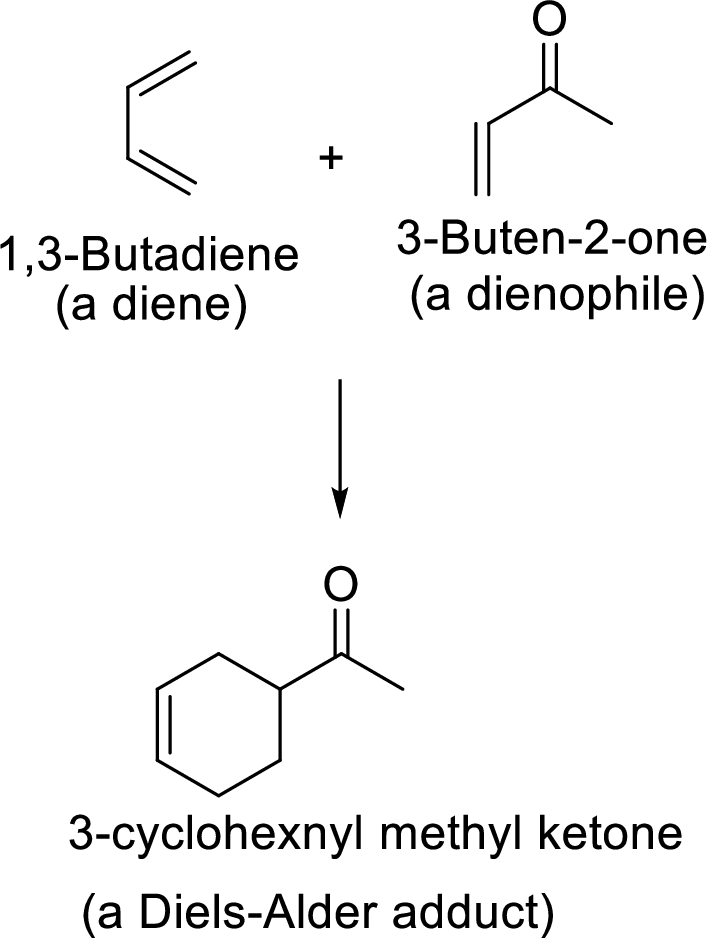
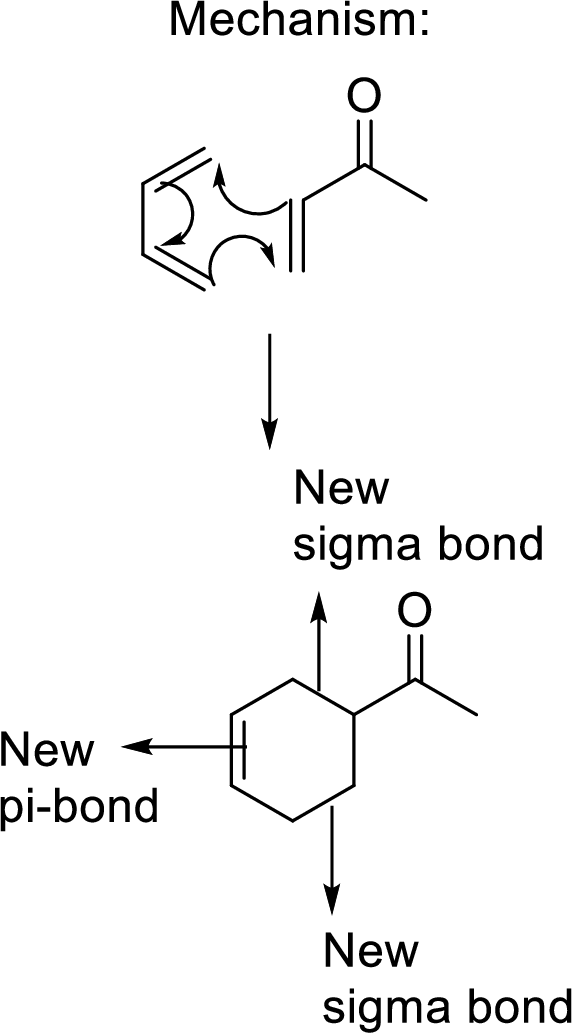
This mechanism shown that three
Diels-Alder reaction to form bicyclic system:
The Diels-Alder adduct formed in the Diels-Alder reaction can also be a bicyclic system which will be obtained when cylopentadiene is used as the diene as shown here:

In this reaction, the cylopentadiene acts as both diene and dienophile and formed a bicyclic system. When it is heated to
(a)
Explanation of Solution
The given reaction is:

The structural formula for the Diels-Alder adduct can be found using the following mechanism of the given Diels-Alder reaction:
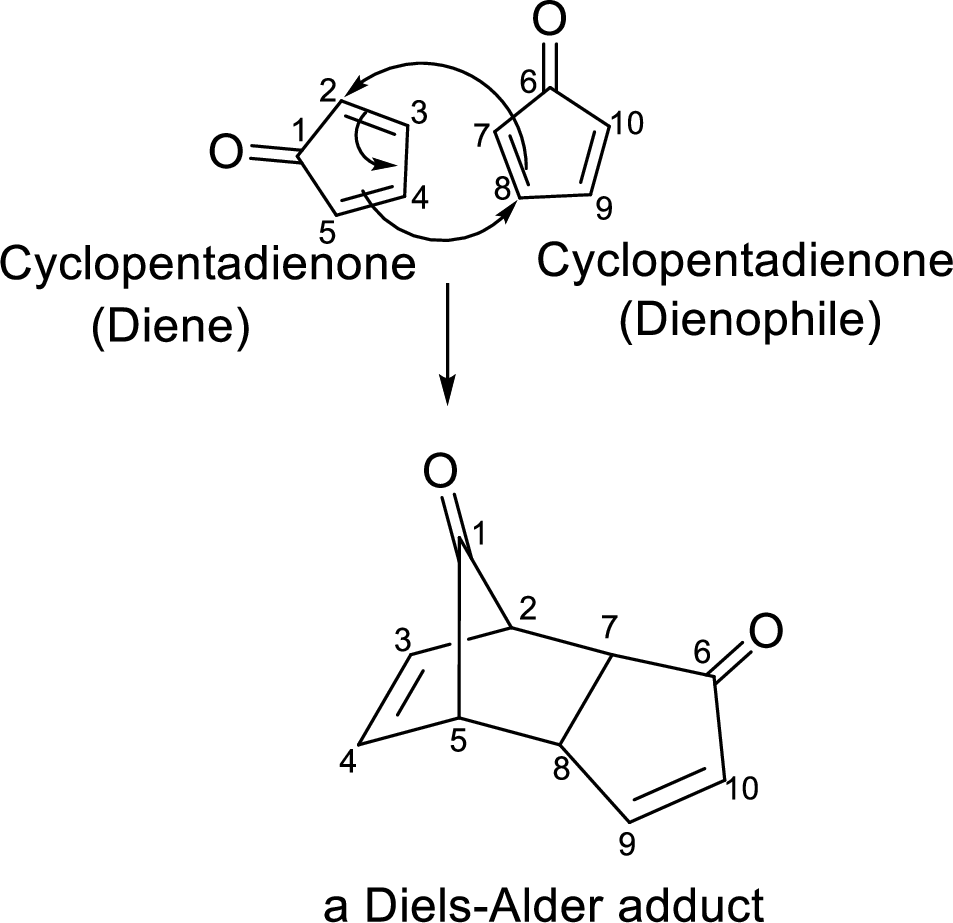
In this Diels-Alder reaction, one molecule of cyclopentadienone acts as a Diene whereas the other molecule of cyclopentadienone acts as a Dienophile. The resulted Diels-Alder adduct is a tricyclic product
(b)
Interpretation: The difference in the stability of the given
Concept Introduction:
Stability based on aromaticity:
The term aromaticity means “extreme stability”. So,
The aromatic compounds and anti-aromatic compounds can be distinguished based on Huckel’s
Huckel’s rule of aromaticity is
If
If
(b)
Answer to Problem 20.44P
The difference in the stability of the given ketones has been accounted as:
Cycloheptatrienone is more stable than cyclopentadienone.
Explanation of Solution
The given ketones are:
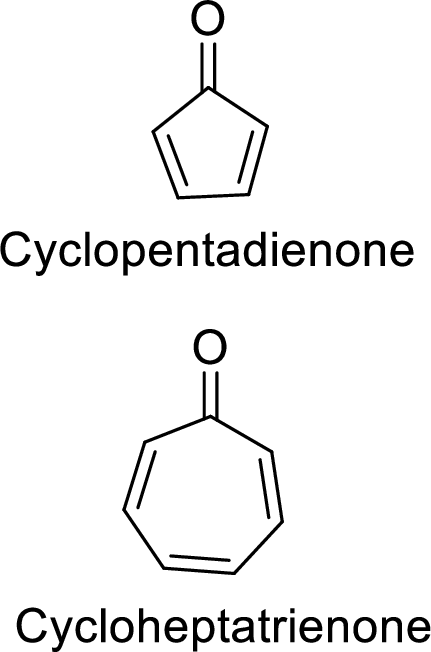
The stability of these two ketones can be distinguished based on aromaticity as discussed below:
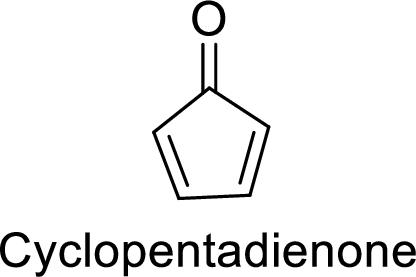
There are two
Huckel’s rule of aromaticity:
Therefore, the given molecule has
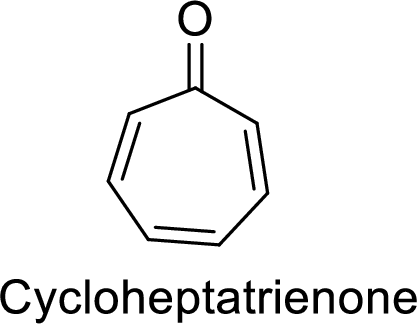
There are three
Huckel’s rule of aromaticity:
Therefore, the given molecule satisfies the Huckel’s rule of aromaticity. So, it is an anti-aromatic compound which means it is a highly stable compound.
Hence, the overall discussion makes it clear that cycloheptatrienone is more stable than cyclopentadienone.
Want to see more full solutions like this?
Chapter 20 Solutions
ORGANIC CHEMISTRY-OWL V2 ACCESS
- please provide the structure for this problem, thank youarrow_forwardpresented by Morallen Lig Intermine the hand product for the given mution by adding atoms, bonds, nonhonding diarion panda скуль Step 3: Comp the draw the product Step 2: Agama workup Compithe 429 ملولةarrow_forwardReaction A 0,0arrow_forward
- presented by Morillon Leaning Predict the organic product for the min кусур HSC Adithane carved arnown to come than that to the condon slchroruis in acid in in aquishri with ноюarrow_forward6.15PM Sun Mar 30 K Draw the major product of this reaction. Include any relevant stereochemistry. Ignore inorganic byproducts. Problem 1 of O H [PhзPCH2CH3]*C|¯ NaH Drawing > Q Atoms, Bonds and Draw or tap a nearrow_forward8:17 PM Sun Mar 30 Draw the major product of this reaction. Ignore inorganic byproducts. HSCH2CH2CH2SH, BF3 Probler Drawing Ato Bonds Clarrow_forward
- Name the major organic product of the following action of 4-chloro-4-methyl-1-pentanol in neutral pollution 10+ Now the product. The product has a molecular formula f b. In a singly hain, the starting, material again converts into a secule with the molecular kormula CIO. but with comply Draw the major organic structure inhalationarrow_forwardMacmillan Learning Alcohols can be oxidized by chromic acid derivatives. One such reagent is pyridinium chlorochromate, (C,H,NH*)(CICTO3), commonly known as PCC. Draw the proposed (neutral) intermediate and the organic product in the oxidation of 1-butanol by PCC when carried out in an anhydrous solvent such as CH₂C₁₂. PCC Intermediate OH CH2Cl2 Draw the intermediate. Select Draw Templates More с H Cr о Product Draw the product. Erase Select Draw Templates More H о Erasearrow_forwardIf I have 1-bromopropene, to obtain compound A, I have to add NaOH and another compound. Indicate which compound that would be. A C6H5 CH3arrow_forward
 Organic ChemistryChemistryISBN:9781305580350Author:William H. Brown, Brent L. Iverson, Eric Anslyn, Christopher S. FootePublisher:Cengage Learning
Organic ChemistryChemistryISBN:9781305580350Author:William H. Brown, Brent L. Iverson, Eric Anslyn, Christopher S. FootePublisher:Cengage Learning
 Organic Chemistry: A Guided InquiryChemistryISBN:9780618974122Author:Andrei StraumanisPublisher:Cengage Learning
Organic Chemistry: A Guided InquiryChemistryISBN:9780618974122Author:Andrei StraumanisPublisher:Cengage Learning


